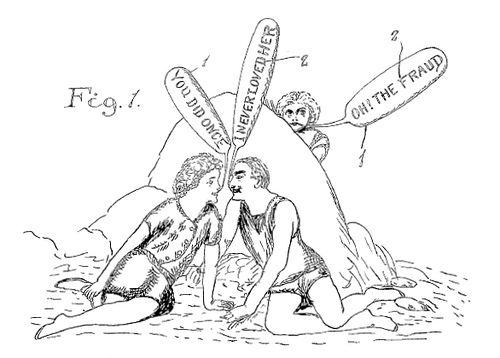
On Aug. 11, 1978, English medical photographer Janet Parker fell ill with muscle pain, headache, and a rash.
She had often used the darkroom on the upper floor of the University of Birmingham Medical School in Edgbaston.
On the lower floor was a research lab where a live smallpox virus was being grown.
Parker was diagnosed with the disease two weeks later, and she died on Sept. 11. That makes her the last human being on earth to die of smallpox, the only infectious disease we have completely eradicated.



